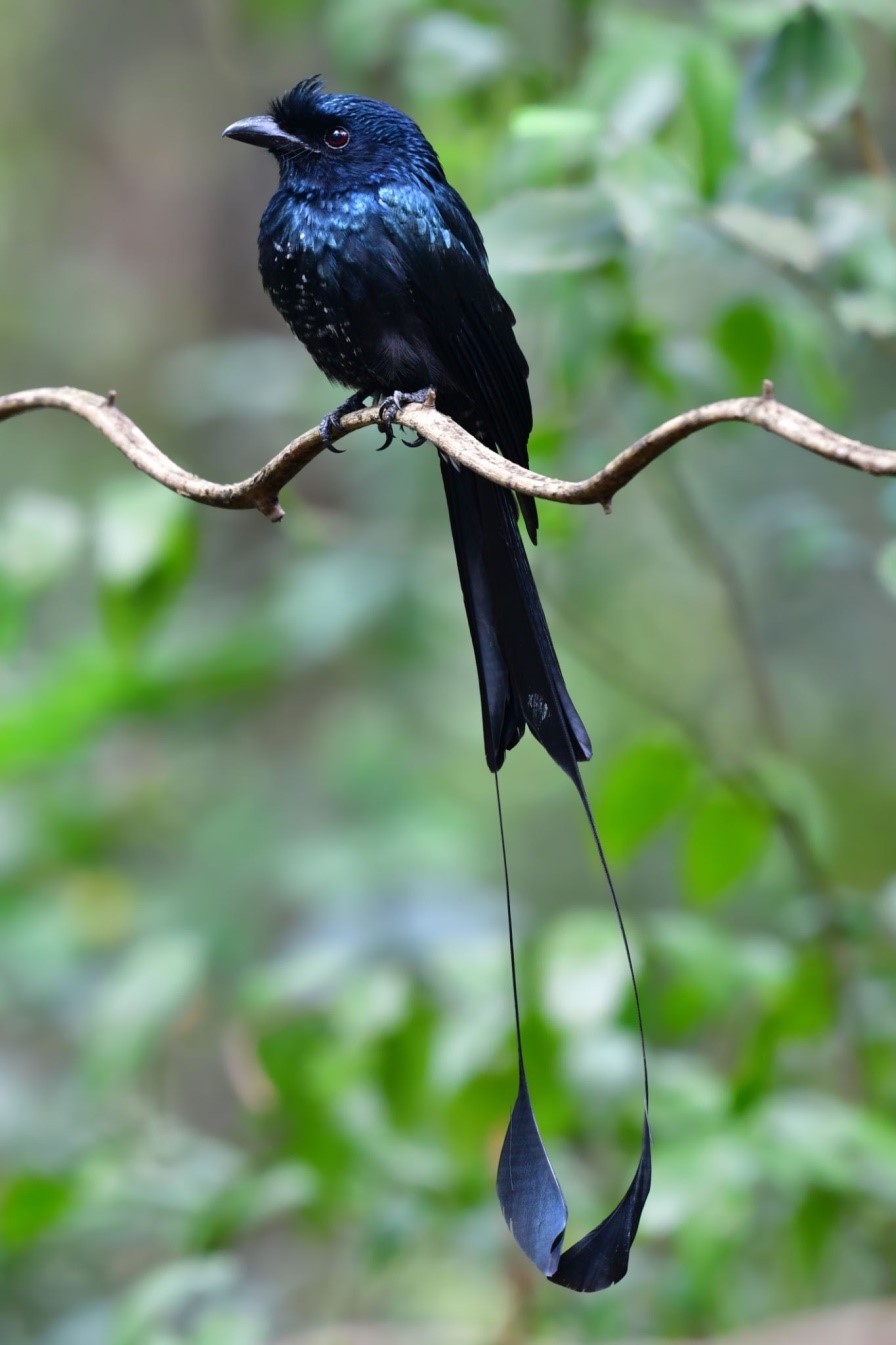Free Courses Sale ends Soon, Get It Now


Free Courses Sale ends Soon, Get It Now



Disclaimer: Copyright infringement not intended.
Context
Other Details
|
Hastinapur Wildlife Sanctuary
|
Greater racket-tailed drongo
Habitat and Distribution
Conservation Efforts
What more could be done
|
PRACTICE QUESTION Consider the following statements about Greater racket-tailed drongo: 1. These are considered and listed as a Vulnerable species in the IUCN Red list. 2. They are found only in the forests of India. Which of the statements given above is/are incorrect? A. 1 only B. 2 only C. Both 1 and 2 D. Neither 1 nor 2 Answer: (C) |
© 2024 iasgyan. All right reserved